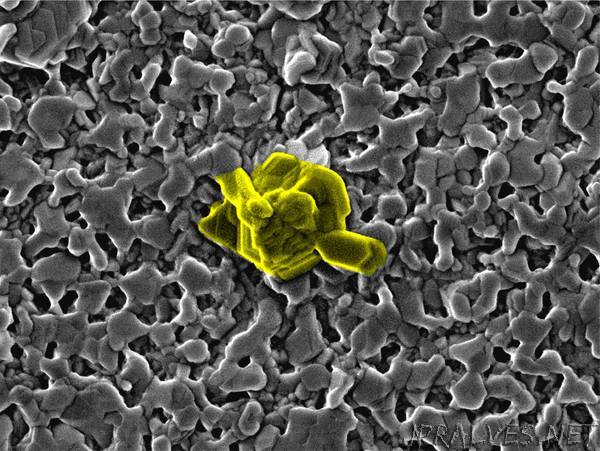
“Perovskite solar cells are an alternative to conventional silicon solar cells, poised to enter the market with their high power-conversion efficiencies (above 22% now) and lower capital expenditure and manufacturing costs. One of the main methods for depositing perovskite films onto panel structures is a process known as sequential deposition, which was developed in 2013 by Michael Grätzel and coworkers at EPFL. Many studies have attempted to control this process with additives, compositional changes, and temperature effects. However, none of these have provided a complete understanding of the entire sequential deposition reaction. This prevents adequate control over film quality, which determines the performance of the solar cell.
A study by Michael Grätzel and Amita Ummadisingu at EPFL now offers the most systematic and full study of the sequential deposition reaction to-date. The scientists began with X-ray diffraction analysis and scanning electron microscopy (SEM) to study in depth the crystallization of lead iodide (PbI2), which is the first stage of the reaction. They then used, for the first time, SEM-cathodoluminescence imaging to study the nano-scale dynamics of perovskite film formation.
“We have combined two powerful tools to obtain compositional information about the surface of the film during perovskite formation,” says Amita Ummadisingu. “This technique enables us to achieve stunning nano-scale resolution meaning that we can see, for the first time, that mixed crystalline aggregates composed of perovskite and PbI2 are formed during the reaction.”
Next, the scientists used cross-sectional photo-luminescence mapping, which revealed the directionality of the conversion reaction. This kind of information has so far been unattainable with standard surface imaging because layers lying beneath one another are inaccessible. But with the aid of state-of-the-art hybrid high-definition photon detectors, the researchers were able to simultaneously image PbI2 and perovskites in these cross-sections. “We identified trapped, unreacted PbI2 inside the perovskite film using this technique, which is very useful,” says Ummadisingu.
“Our findings finally answer several open questions regarding the location and role of residual PbI2 in perovskite solar cells,” says Michael Grätzel. “On a broader note, our innovative demonstration of this technique’s uses opens the door for understanding the properties of perovskites in vertical cross sections of solar cells, not just the perovskite surface as currently shown in the literature.””
